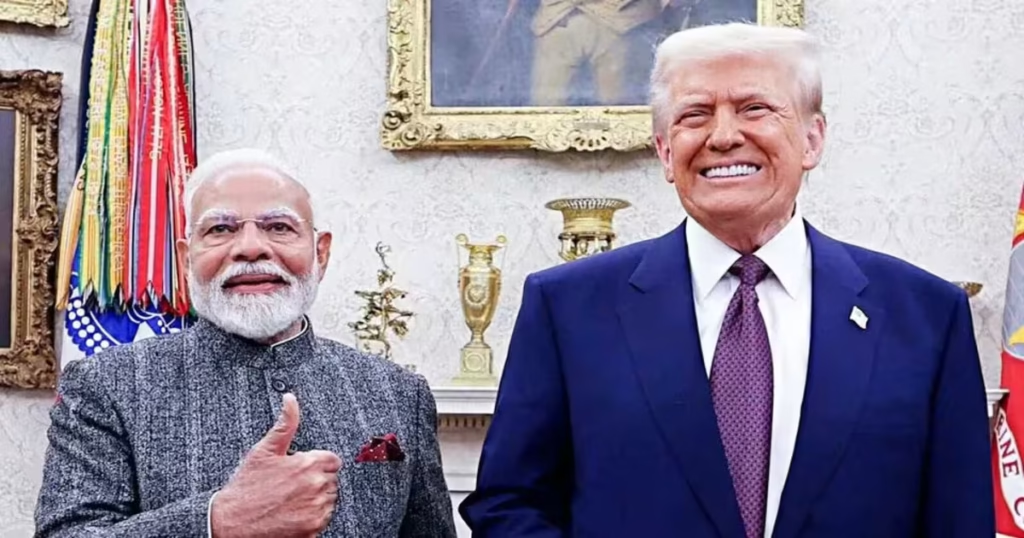Published on: July 30, 2025 at 23:49
While U.S. President Trump’s sudden 25% tariff on Indian imports has caused concern across sectors like textiles, electronics, and pharma, the disruption also presents a unique opportunity for India.
As global supply chains realign, India can emerge stronger by accelerating its manufacturing push, boosting exports, and redefining its role in global trade. This moment offers a rare springboard to attract investments, diversify markets, and catalyze economic reforms—all while reinforcing India’s strategic autonomy and regional leadership.
Five Strategic Advantages for India
Also Read:
Trump’s 25% Tariff Shocker: What It Means for Indian Exports, Economy & Strategic Ties
1. Manufacturing & Investment Boom (Electronics & Textiles)
India stands to gain as global buyers pivot away from China and Southeast Asia. With the U.S. tariffs impacting competitors like Vietnam and Cambodia, Indian exporters—especially in textiles and electronics—can capture a larger share of U.S. demand. Companies such as Dixon Technologies, Blue Star, and Arvind are reporting increased business inquiries—an export uptick already underway. The Production-Linked Incentive (PLI) programs can help lock in this momentum.
2. Supply Chain Diversification & “China‑Plus‑One” Strategy
As multinational firms seek alternatives to China, India can position itself as the go-to: competitive labor, scalable infrastructure, and strong democratic credentials make it attractive. This realignment is already playing out in semiconductor, electronics, and automotive supply chains . India’s diversity in partners—Europe, ASEAN, and Gulf—offers broader trade resilience.
3. Export Upside in Services & Engineering
While tariffs target goods, India’s booming services sector—including IT, engineering, and professional services—is mostly unaffected. Its global leadership in digital and software services can fill gaps left by disruptions to other trade-dependent firms. U.S. corporates are increasingly outsourcing specialized work—positioning India for stronger demand.
4. Catalyst for Long-Term Economic Reform
External pressure from tariffs can incentivize structural reforms: lowering domestic tariffs, easing regulatory red tape, modernizing infrastructure, and accelerating ease-of-doing-business initiatives. Economists argue that simplifying tariff structures and cutting import duties—coupled with infrastructure upgrades—can mirror growth spurts similar to India’s reforms in 1991 and 1998.
5. Strategic & Diplomatic Upside
Trade friction provides leverage. India can forge new economic partnerships—or deepen existing ones—with the EU, UK, ASEAN, and Gulf countries, reducing overreliance on the U.S. alone. Trade critics note India’s engagement with the UK-India FTA as a model of balanced negotiation—showing that India can win when it negotiates from strength, not concession. This broadening network enhances India’s strategic footprint
Also Read:
Trump’s 25% Tariff Shocker: What It Means for Indian Exports, Economy & Strategic Ties
Trump’s tariff shock could have been a blow to India’s economy—but more than a crisis, it presents a potential turning point. By doubling down on reforms, diversifying trade alliances, and boosting manufacturing and services, India can not only surmount this challenge but harness it as a springboard toward a stronger, more self-reliant economic future.

